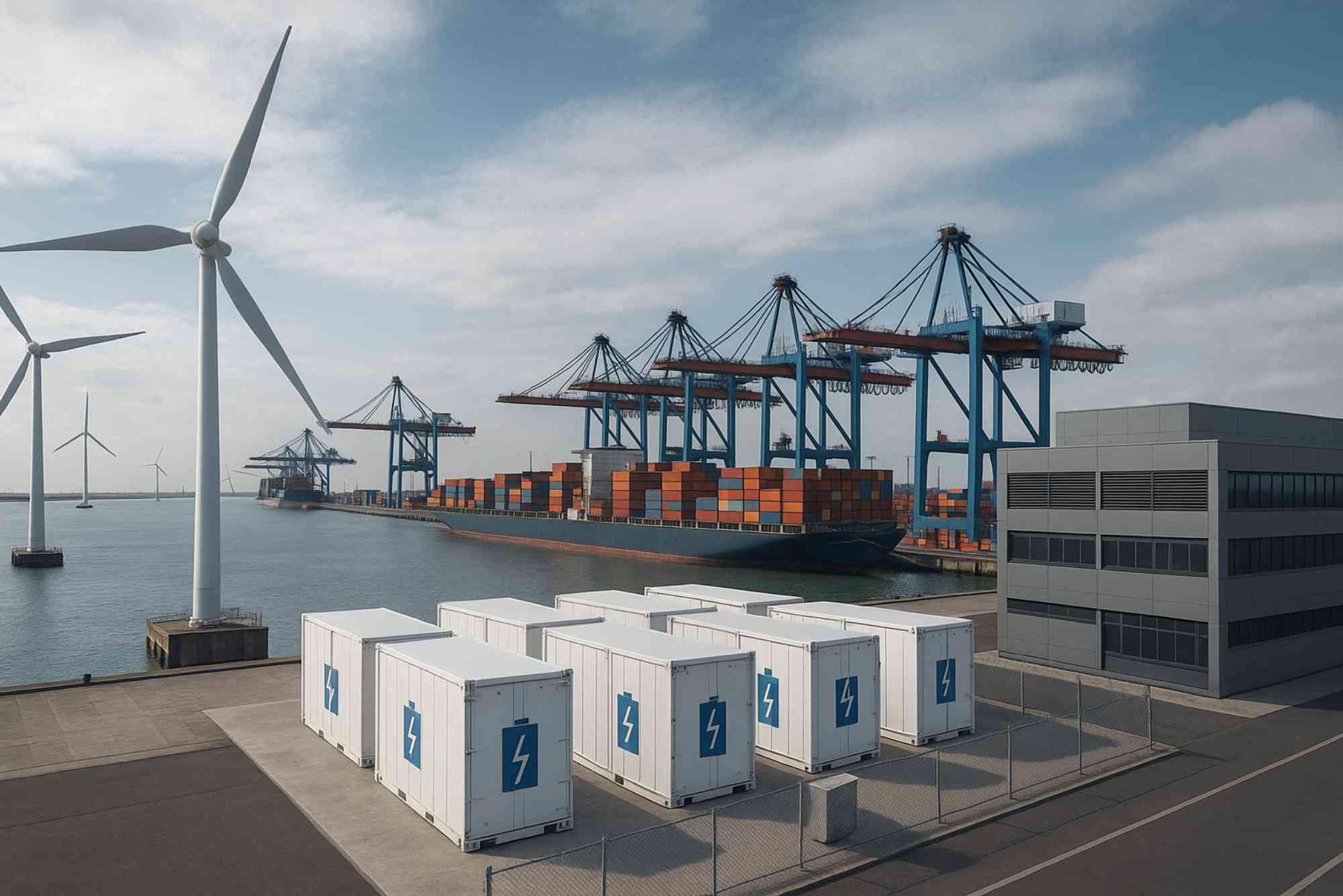Ports Announce Electrification Roadmaps with Shore-Power and EV Fleets
SEATTLE, Washington – April 22, 2025 – The Port of Seattle today released its comprehensive Seattle Waterfront Clean Energy Strategy, outlining a $208 to $457 million infrastructure investment to electrify maritime operations and achieve carbon neutrality by 2050. The roadmap projects that peak electricity demand across Port-owned properties will quadruple from 53 megawatts to over 225 megawatts as fossil-fueled operations transition to shore power and electric vehicles.
Shore power infrastructure represents the most significant near-term demand driver, with the Port expanding capacity to serve oceangoing vessels at multiple terminals. This aligns with industry-wide momentum: according to the International Chamber of Shipping, 46% of Cruise Lines International Association vessels are currently equipped for shoreside electricity, increasing to 72% by 2028—totaling more than 210 ships capable of plugging in at ports with compatible infrastructure. The Port’s $44 million investment in three shore power systems at the Bell Harbor Cruise Terminal and Pier 66 will eliminate 4,500 metric tons of greenhouse gas emissions annually.
The electrification strategy extends beyond vessels to fundamentally transform port-based transportation. The Port Authority is accelerating deployment of zero-emission drayage trucks, cargo-handling equipment, and light-duty fleet vehicles across its 1,500-unit inventory. Partnerships with Seattle City Light and the Northwest Seaport Alliance will install 600 high-speed charging stations by 2030, supported partially by a $22.5 million federal clean energy grant. Terminal operators have already replaced 28 internal combustion vehicles with battery-electric models and introduced lithium-ion powered automated guided vehicles at container terminals.
Infrastructure upgrades comprise the strategy’s financial core. Analysis identified 33 capital projects requiring coordinated investment between the Port and utility providers through 2050. Critical upgrades include $69 to $168 million for utility distribution systems and $139 to $288 million for on-terminal transformers, switchgear, and substations. Specific projects target Terminal 91 feeder backbone improvements by 2030 and South Substation upgrades at Terminal 115 to support forecasted electric truck charging loads from 2025-2030. The Port will integrate battery storage and load management technologies to mitigate peak demand charges and grid constraints.
“This strategy positions Seattle as North America’s greenest port while maintaining our economic competitiveness,” said Port of Seattle Commission President Sam Cho. “Our partnership with Seattle City Light and terminal operators ensures we’re not just planning for electrification—we’re building it. The $350 million investment reflects our commitment to environmental leadership and maritime workforce development in the clean energy transition.”
The roadmap addresses implementation uncertainties through adaptive planning mechanisms. Key variables include the pace of technology commercialization, non-port electrification load growth, and regulatory requirements. The Port will conduct triennial strategy reviews and maintain grant readiness for federal programs like EPA’s Clean Ports Initiative, which recently awarded $412 million to West Coast port electrification projects. Workforce training programs will prepare maritime employees for high-voltage equipment maintenance and zero-emission operations management.
ABOUT THE PORT OF SEATTLE
Founded in 1911, the Port of Seattle owns and operates Seattle-Tacoma International Airport and maritime facilities supporting $9 billion in annual economic activity. The Port manages four container terminals, two cruise terminals, and fishery operations while employing 50,000 direct workers. Its Century Agenda commits to carbon neutrality by 2050 through emissions reduction, habitat restoration, and equitable economic development initiatives.
Media Contact
Sarha Al-Mansoori
Director of Corporate Communications
G42
Email: media@g42.ai
Phone: +971 2555 0100
Website: www.g42.ai






